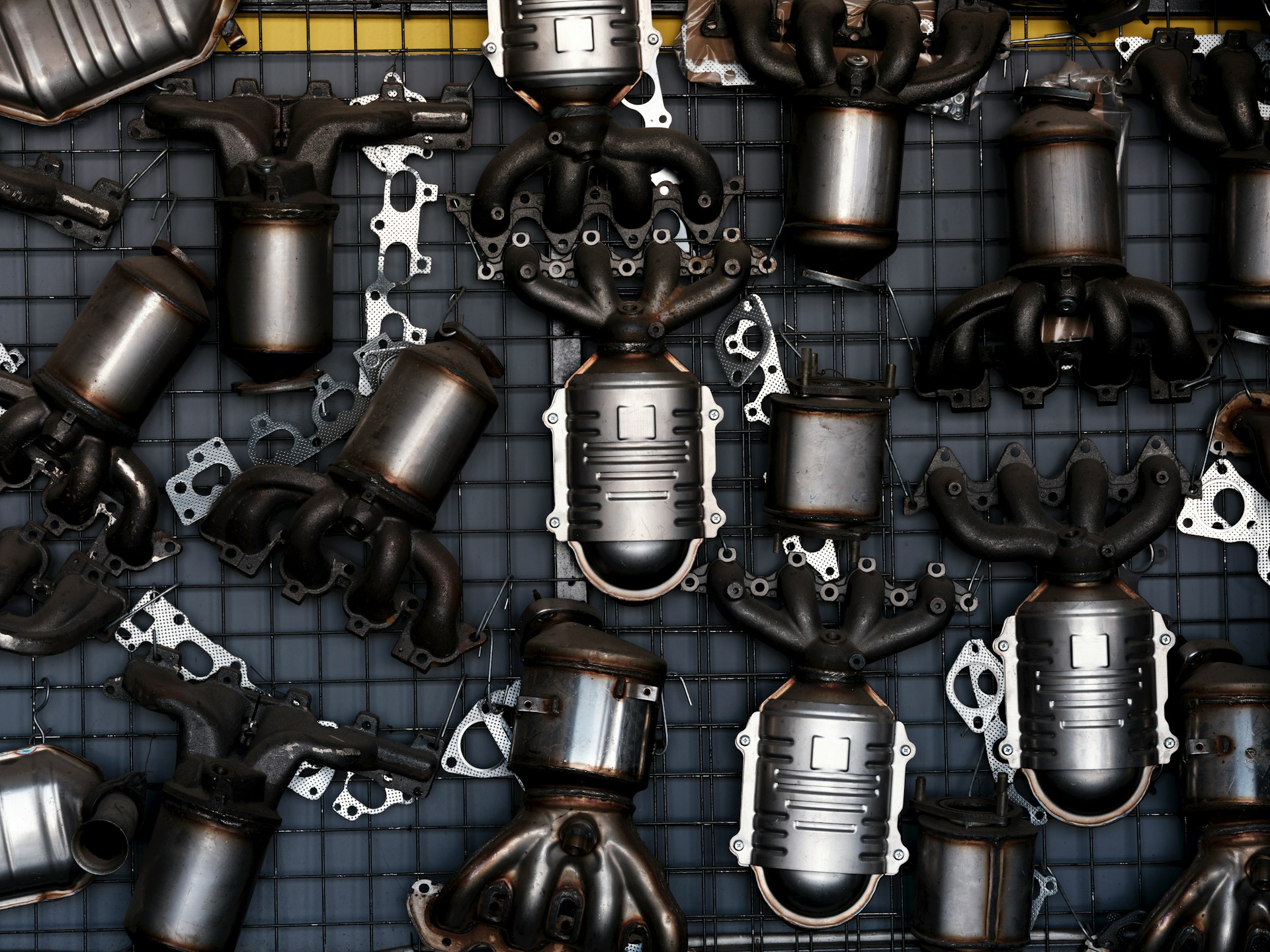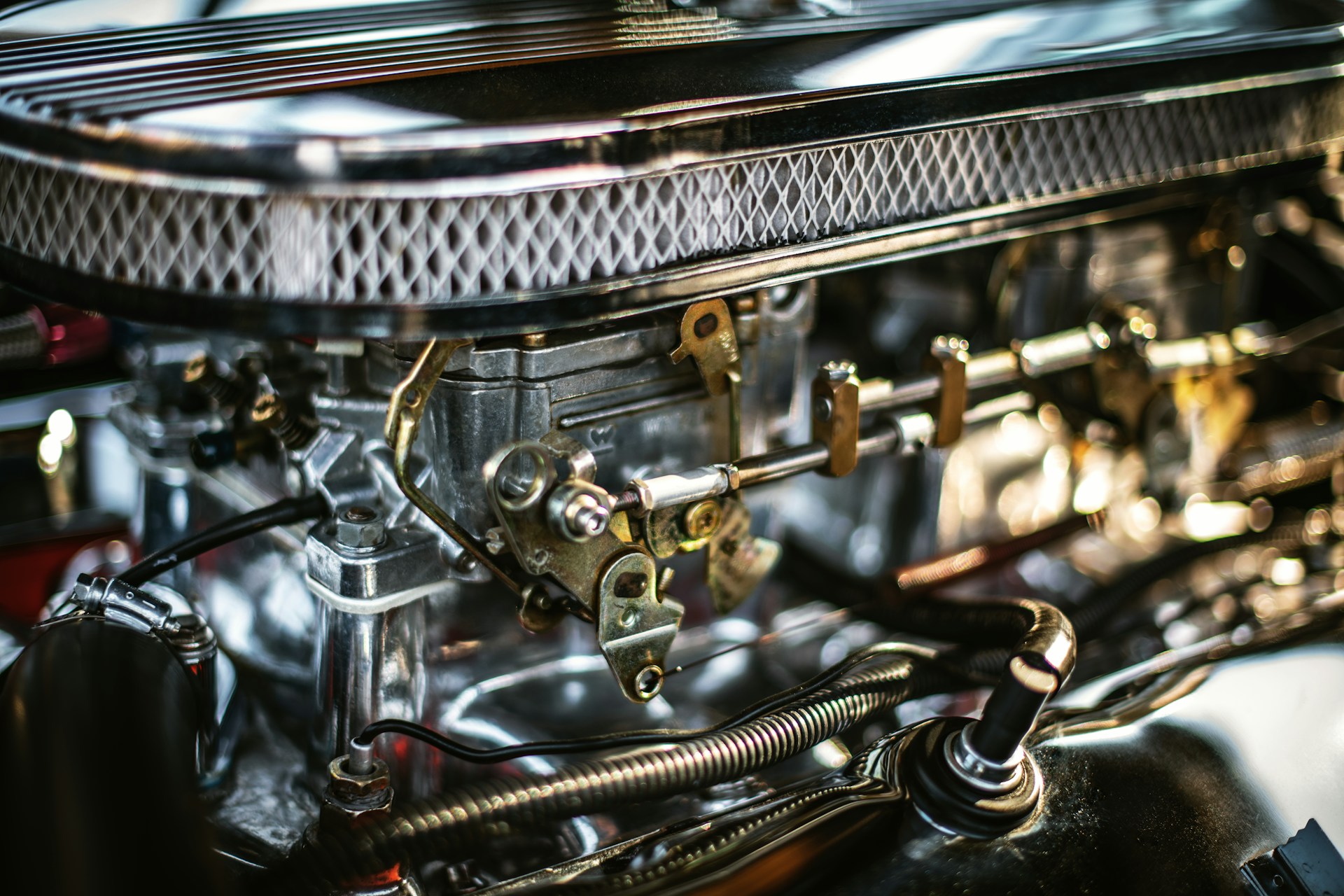
Maintaining your remanufactured transmission is essential for ensuring your vehicle runs smoothly for a long time. A well-maintained transmission helps your car shift gears efficiently, saves money on repairs, and keeps your daily drives trouble-free. To keep everything in top shape, there are several important practices you should follow regularly.
First, it’s important to understand that a remanufactured transmission has been restored to function like new. However, regular checks and maintenance are still required, just like any other car part. By paying attention to things like fluid levels, transmission filters, and any warning signs, you can extend the life of your transmission and keep your vehicle in great condition. Knowing what to look for and taking action early can prevent bigger problems down the road.
In this guide, we’ll cover easy tips and practices for maintaining your remanufactured transmission. These steps are simple enough to follow, even if you’re not a car expert. So, let’s get started with what you need to know to keep your transmission in its best shape.
One of the most crucial parts of maintaining your remanufactured transmission is checking and changing the transmission fluid regularly. Transmission fluid helps keep all the moving parts inside your transmission lubricated and working smoothly. Over time, this fluid can get contaminated or lose its effectiveness, leading to potential transmission problems.
To check your fluid, start by locating the transmission fluid dipstick under the hood of your car. Pull the dipstick out, wipe it clean, reinsert it, and then pull it out again to see the fluid level. It should fall between the “full” and “add” marks. If it’s low, you need to top it off with the recommended type of transmission fluid for your vehicle. Check the color and smell of the fluid, too – it should be a bright red and not have a burnt smell. If it’s dark or has an unusual odor, it’s time for a fluid change.
Regular fluid changes are essential, typically recommended every 30,000 to 60,000 miles depending on your driving conditions and vehicle. Fresh fluid ensures that your transmission stays clean and operates efficiently. Make sure to follow your car manufacturer’s guidelines for the type of fluid to use and how often to change it.
Transmission filters play a big role in keeping dirt and debris out of your transmission fluid. Over time, these filters can become clogged and reduce the efficiency of your transmission. Inspecting and replacing these filters regularly will help keep your transmission in top shape.
When checking the transmission filter, you’ll need to consult your vehicle’s manual to find its location. It’s usually inside the transmission pan, which means you’ll have to remove the pan to access it. Look for signs of wear, such as discoloration or clogging. If you notice any of these issues, replacing the filter is necessary.
Most experts suggest changing the transmission filter every 30,000 miles or so. However, this can vary based on your vehicle and how hard you drive it. Regular filter changes help ensure that your transmission fluid remains clean and free of contaminants, which can prolong the life of your transmission and maintain its performance. Remember, keeping the filter clean is a simple yet vital part of transmission maintenance.
Monitoring your transmission temperature is crucial for maintaining its health. Overheating is a common cause of transmission failure, and ensuring it operates within the correct temperature range can prevent major issues. Most transmissions work best when temperatures are between 175 and 200 degrees Fahrenheit. Anything above this range can cause damage and reduce the lifespan of your transmission.
To keep an eye on transmission temperatures, you can use a transmission temperature gauge. Many vehicles come equipped with one, but if yours doesn’t, you can have one installed. Regularly check the gauge, especially during long drives or when towing heavy loads. If you notice the temperature rising above normal levels, it’s a sign that your transmission is working too hard and could overheat. Allow the vehicle to cool down and check the fluid levels, as low fluid can cause overheating.
In addition to using a temperature gauge, ensuring adequate cooling by maintaining your vehicle’s cooling system is essential. Make sure your radiator is in good condition and consider adding an auxiliary transmission cooler if you engage in heavy towing or drive in hot climates. Keeping your transmission cool will help ensure it runs smoothly and lasts longer.
Identifying the early signs of transmission trouble can save you from costly repairs and extend the life of your remanufactured transmission. Some common symptoms can indicate that something isn’t right. By paying attention to these warning signs, you can address issues before they become serious.
One sign to look out for is unusual noises while driving. Whining, clunking, or humming sounds can suggest problems with your transmission. If you feel your car is not shifting gears smoothly or if there’s a delay in gear engagement, that’s another red flag. Additionally, slipping gears, where the car changes gears unexpectedly, or surging, where the car lurches forward or backward suddenly, are also concerning signs.
Another symptom to watch for is leaking transmission fluid. If you see red fluid under your car, it’s likely transmission fluid. This could indicate a leak that needs immediate attention. Finally, if your check engine light comes on, it could be related to transmission issues. Use a diagnostic tool or visit a mechanic to find out what’s causing the alert. Addressing these signs early helps prevent more severe damage and keeps your transmission functioning well.
Maintaining your remanufactured transmission is vital for ensuring your vehicle runs efficiently and lasts longer. By staying on top of regular fluid checks and changes, inspecting and replacing transmission filters, monitoring transmission temperatures, and recognizing early signs of trouble, you can keep your transmission in good shape. Simple maintenance tasks can prevent larger issues, save money on repairs, and give you peace of mind while driving.
Our commitment at Airline Auto Parts is to provide you with quality parts and the best advice to keep your vehicle running smoothly. By following the tips in this guide, you ensure your remanufactured transmission stays in top condition. If you need further assistance or high-quality used auto parts, we are here to help. Trust Airline Auto Parts for all your automotive needs. Contact us today to find out how we can support you and your vehicle.

October 26, 2025 What to Consider When Buying a Salvage E...

Best Practices for Repairing Diesel Tran...

October 19, 2025 In-Depth Look at Common Diesel Engine Is...

Tips for Long-Term Storage of Auto Parts
October 12, 2025 How to Ensure Your Car Parts Are Genuine

Winter Preparedness: Getting Your Diesel...

October 5, 2025 Signs Your Diesel Engine Needs Immediate...

Why Recycled Auto Parts Are Worth the In...

September 28, 2025 How to Avoid Transmission Failure

Tips for Efficiently Using Salvage Car P...
Leave a Reply